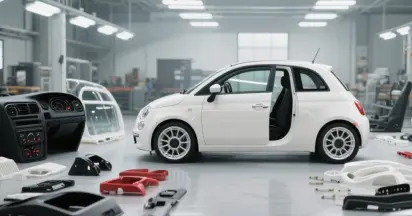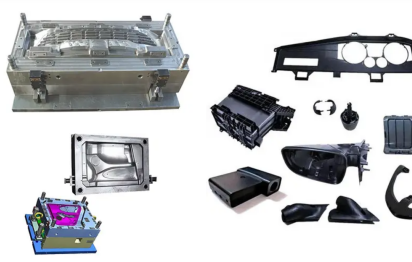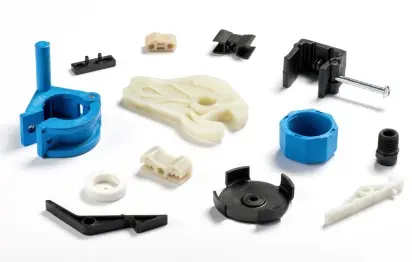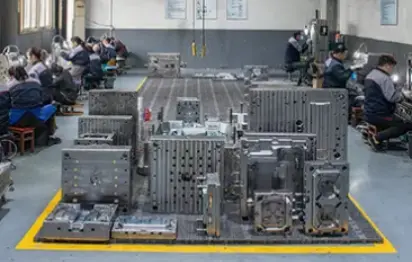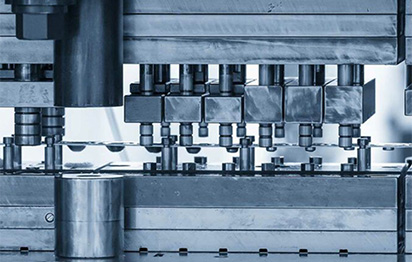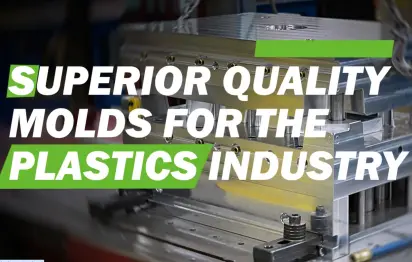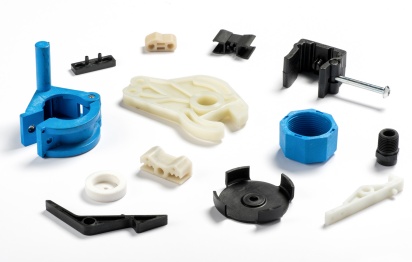Causes and Solutions for Injection Molding Warpage
Injection Molding warpage is a common issue that can seriously affect the quality and functionality of molded parts. It occurs when a molded part deviates from its intended shape, often due to internal stresses or uneven cooling during the molding process. Understanding the causes of warpage and implementing effective solutions is essential for ensuring the production of high-quality, dimensionally stable parts. In this blog, we will delve into the causes of injection molding warpage and explore practical solutions to mitigate this issue.
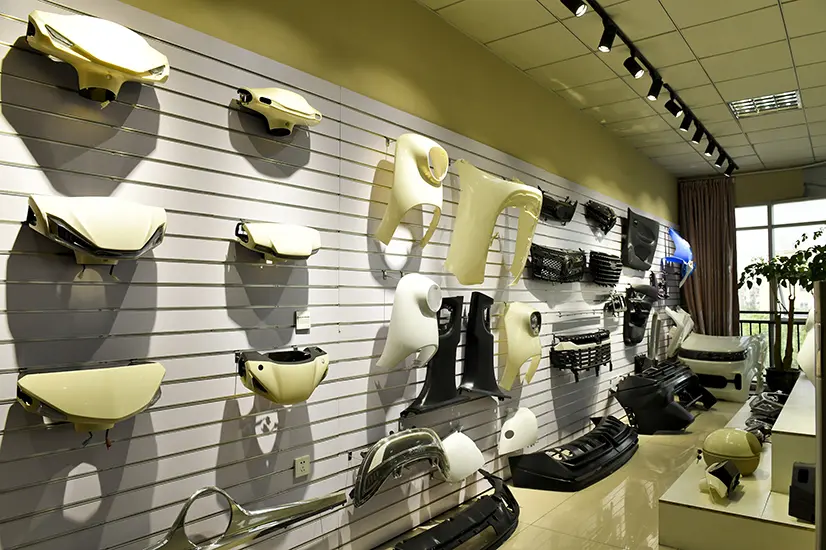
Causes of Warpage
Uneven Cooling: One of the primary causes of warpage in Injection-Molded parts is uneven cooling. When parts cool too quickly or unevenly, internal stresses can occur, leading to distortion and warping. To address this issue, it is essential to implement a consistent cooling process and ensure that the cooling rate is even across the entire part.
Different Wall Thicknesses: Parts with varying wall thicknesses are particularly susceptible to warping. Thicker sections cool more slowly than thinner sections, resulting in differential cooling and potential warpage. Designing parts with uniform wall thickness can minimize temperature gradients and help avoid differential cooling, thereby reducing the risk of warpage.
Residual Stress: Internal stresses within a molded part, caused by uneven material flow or pressure during the molding process, can contribute to warpage. It is essential to optimize mold design and processing parameters to minimize residual stress and ensure uniform material flow, thereby reducing the likelihood of warpage.
High Injection Pressure: Excessive injection pressure can cause the part to be over-extended, creating internal stresses that lead to warping. Controlling and reducing injection pressure is essential for minimizing internal stresses and mitigating the risk of warpage in molded parts.
Unreasonable Mold Design: The design of the mold plays a crucial role in preventing warpage. A well-designed mold should be able to adapt to the deformation of the material, ensuring that the part maintains its intended shape. Redesigning the mold cavity to have smooth transitions and larger gates can improve material flow and reduce the risk of warpage.
Improper Material Selection: The choice of the molding material is also a key factor in preventing warpage. Excessive material hardness or improper temperature control can lead to warping. Using high-flow plastics with better flow characteristics can help prevent flow lines in the final part, reducing the risk of warpage.
Solutions to Address Warpage
Control Cooling Time: Implementing a consistent and controlled cooling process is essential for minimizing warpage. By ensuring that the cooling rate is even across the entire part, it is possible to reduce internal stresses and mitigate the risk of warpage.
Uniform Wall Thickness: Designing parts with uniform wall thickness can help minimize temperature gradients and avoid differential cooling, thereby reducing the likelihood of warpage. This approach promotes more consistent cooling throughout the entire part, contributing to dimensional stability.
Increase Mold Temperature: Higher mold temperatures allow for more even cooling, which can help reduce the risk of warpage. By optimizing the mold temperature, it is possible to minimize internal stresses and improve the dimensional stability of molded parts.
Reduce Injection Pressure: Avoiding excessive injection pressure is essential for minimizing internal stresses and reducing the risk of warpage. By controlling and reducing injection pressure, it is possible to achieve more uniform material flow and mitigate the risk of warpage in molded parts.
Strengthen the Cooling System of the Mold: Strengthening the cooling system of the mold can contribute to more uniform heat dissipation, promoting consistent cooling and reducing the risk of warpage in molded parts.
Adjust Cooling Time and Demolding Time: Ensuring that parts are completely solidified before demolding is necessary to reduce warpage. By optimizing cooling time and demolding time, it is possible to reduce internal stresses and improve the dimensional stability of molded parts.
Optimize Mold Design: Redesigning the mold cavity to have smooth transitions and larger gates can improve material flow and reduce the risk of warpage. By optimizing the mold design, it is possible to minimize internal stresses and enhance the dimensional stability of molded parts.
Use High-Flow Plastics: Utilizing plastic materials with better flow characteristics can help prevent flow lines in the final part, reducing the risk of warpage. High-flow plastics promote more uniform material flow, contributing to dimensional stability in molded parts.
Improve Venting and Control Temperature and Pressure Settings: Addressing air bubble and blister issues through improved venting and optimized temperature and pressure settings during injection molding can help reduce the risk of warpage. By controlling these parameters, it is possible to minimize internal stresses and improve the quality of molded parts.
Injection molding warpage is a complex problem that can significantly impact the quality and dimensional stability of molded parts. By understanding the causes of warpage and implementing effective solutions, it is possible to mitigate this issue and ensure the production of high-quality, dimensionally stable parts. Controlling cooling time, designing parts with uniform wall thickness, optimizing mold design, and using high-flow plastics are just a few of the strategies that can be used to address warpage in the injection molding process. By implementing these solutions, the warping problem in the injection molding process can be effectively reduced or solved, thereby improving part quality and overall production efficiency.






